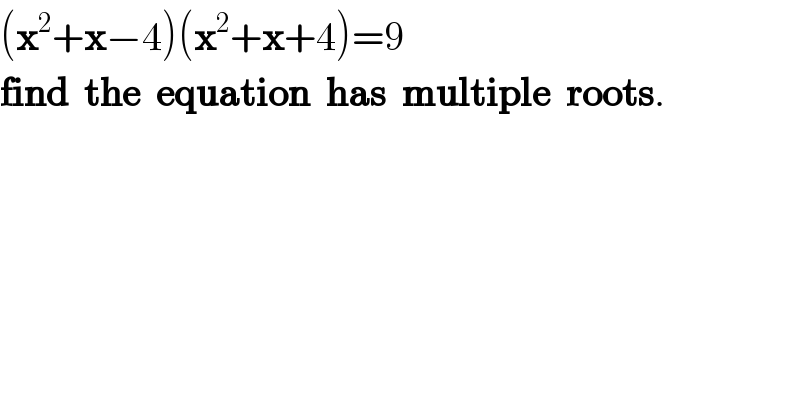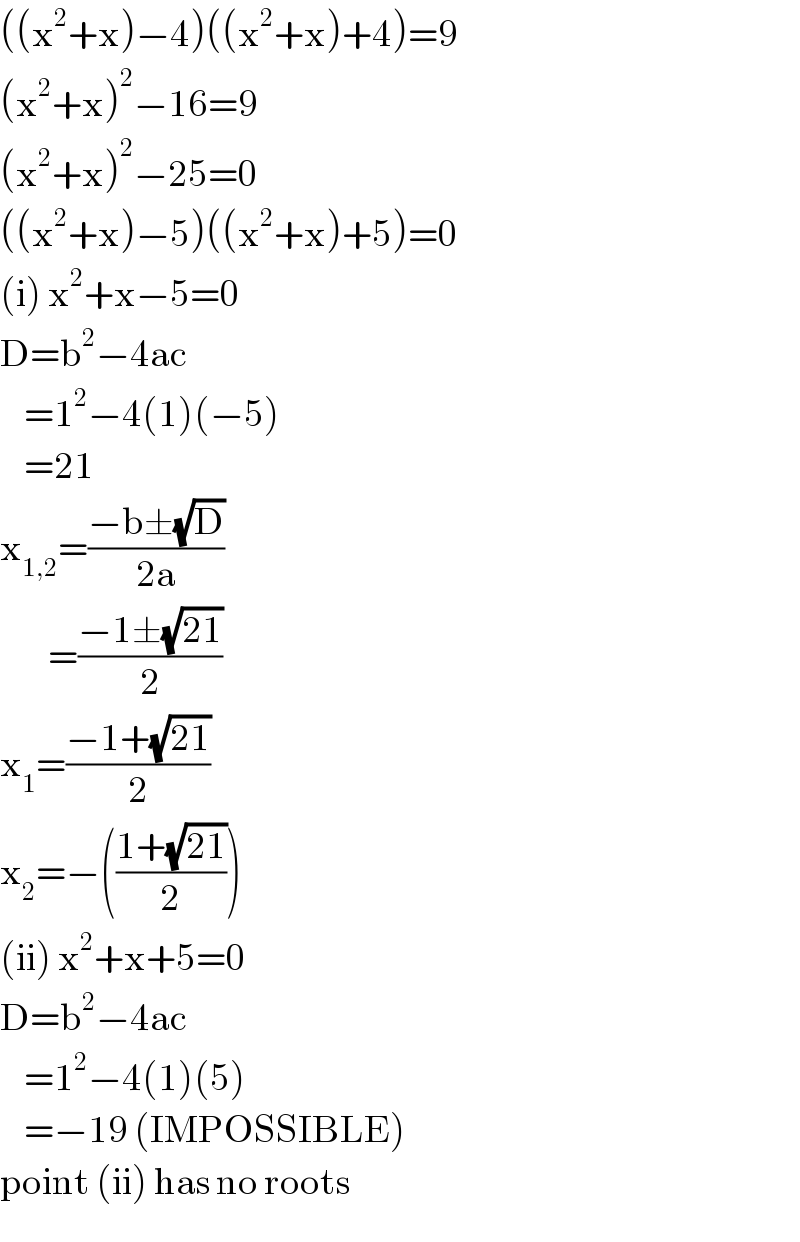Question Number 11500 by @ANTARES_VY last updated on 27/Mar/17

Answered by ridwan balatif last updated on 27/Mar/17

Commented by @ANTARES_VY last updated on 27/Mar/17

Commented by @ANTARES_VY last updated on 27/Mar/17

Commented by mrW1 last updated on 27/Mar/17

Commented by mrW1 last updated on 27/Mar/17

Commented by @ANTARES_VY last updated on 27/Mar/17

Commented by mrW1 last updated on 27/Mar/17

Commented by sandy_suhendra last updated on 27/Mar/17

Answered by ajfour last updated on 27/Mar/17

